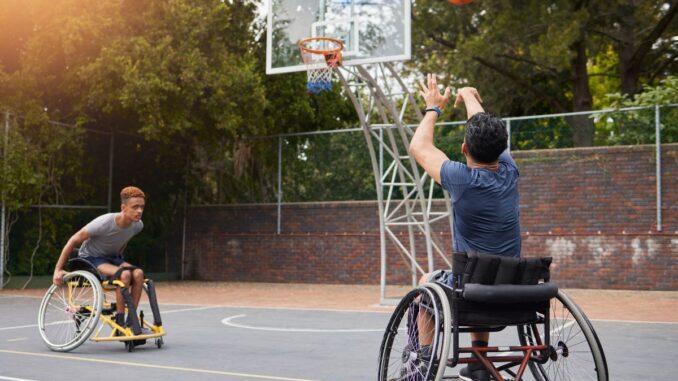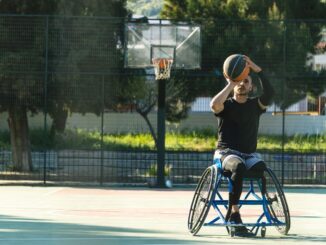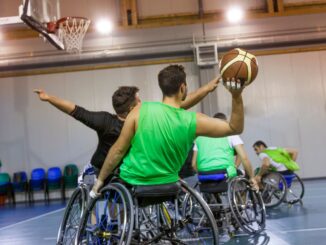
Physical activity plays a crucial role in maintaining health and well-being for everyone, including wheelchair users. Regular exercise can improve cardiovascular health, build strength, enhance mood, and boost overall quality of life. However, finding the right activities and overcoming accessibility challenges can sometimes feel overwhelming.
The good news? There are countless ways to stay active and fit while using a wheelchair. Follow along to learn different ways to stay physically active as a wheelchair user and enjoy the benefits of an active lifestyle.
Wheelchair Sports and Recreation
Wheelchair sports offer competitive and recreational opportunities that can be both challenging and enjoyable. Basketball, tennis, racing, and rugby are just a few examples of sports adapted for wheelchair users.
Many communities have local wheelchair sports leagues or clubs where you can connect with others who share similar interests. These activities not only provide excellent cardiovascular and strength training but also foster social connections and teamwork skills.
Home-Based Workouts
Creating an exercise routine at home offers convenience and flexibility. Many effective workouts can be performed using minimal equipment and space.
Chair-based yoga and stretching routines help maintain flexibility and reduce muscle tension. Online video classes specifically designed for wheelchair users are widely available and can guide you through safe, effective movements.
You could also engage with the outdoors in your wheelchair. There are a variety of wheelchair friendly outdoor activities that can help you get fresh air without worrying about your chair holding you back.
Strength Training and Resistance Exercises
Building and maintaining muscle strength is essential for wheelchair users, particularly in the upper body, core, and shoulders. Resistance training can be easily adapted for wheelchair use with the right equipment and techniques.
Free weights, resistance bands, and cable machines are effective for upper-body exercises like chest presses, rows, and shoulder raises. Many gyms now offer wheelchair-accessible equipment, including adjustable benches and seated machines.
Core strengthening exercises are particularly important for posture and stability. Try seated Russian twists, medicine ball exercises, or resistance band workouts that engage your abdominal muscles without requiring you to stand.
Adaptive Fitness Classes
Many fitness centers and community organizations offer adaptive fitness classes designed specifically for people with disabilities. These classes are led by instructors trained in adaptive exercise techniques and modifications.
Water aerobics classes adapted for wheelchair users combine the benefits of cardiovascular exercise with resistance training in a supportive environment. The instructor can provide modifications and ensure exercises are performed safely.
Making Movement a Lifestyle
Staying physically active as a wheelchair user requires finding activities you enjoy and can sustain over time. Start slowly and gradually increase intensity and duration as your fitness improves.
If you’re unsure about what exercises will work for you, then work with a physical therapist or adaptive fitness specialist. They can help ensure you’re exercising safely and effectively while addressing any specific needs or concerns.


